
Full-featured Dual H-bridge
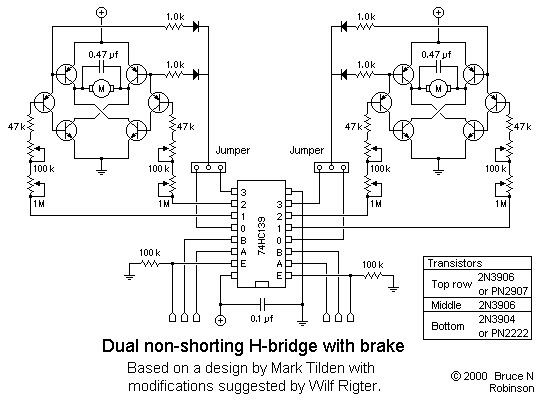
This is a slightly revised version of the 6-transistor H-bridge designed by Mark Tilden and found on the BEAM Tek website (now only available via archive). I encourage anyone interested in H-bridges to read Mark's article, as it gives an excellent step-by-step explanation of how the bridge works. In particular, it discusses variations on the bridge, such as the positive-input and negative-input versions.
The 6-transistor H-bridge is a versatile circuit configuration used for controlling the direction and speed of DC motors. This design utilizes six bipolar junction transistors (BJTs) arranged in a bridge configuration, allowing for bidirectional control of the motor. The transistors are typically paired in two sets, with each set responsible for controlling one direction of motor rotation.
In operation, the H-bridge can be activated in one of two ways: by applying a positive voltage to one pair of transistors while turning off the opposite pair, or vice versa. This switching mechanism enables the motor to rotate in either direction. The inclusion of additional components, such as diodes, can provide protection against back EMF generated by the motor, enhancing circuit reliability.
The circuit can be further modified to include pulse-width modulation (PWM) for speed control, allowing for finer adjustments in motor speed by varying the duty cycle of the control signals. This approach not only improves energy efficiency but also reduces heat generation in the transistors.
In summary, the 6-transistor H-bridge designed by Mark Tilden is an effective solution for motor control applications, offering flexibility in operation and the potential for further enhancements through additional circuit modifications. The variations discussed in Mark's article highlight the adaptability of the design to meet different application requirements.This is a slightly revised version of the 6-transistor H-bridge designed by Mark Tilden and found on the BEAM Tek website (now only available via archive). I encourage anyone interested in H-bridges to read Mark's article, as it gives an excellent step-by-step explanation of how the bridge works.
In particular, it discusses variations on the bridge, such as the positive-input and negative-input versions. 🔗 External reference
The 6-transistor H-bridge is a versatile circuit configuration used for controlling the direction and speed of DC motors. This design utilizes six bipolar junction transistors (BJTs) arranged in a bridge configuration, allowing for bidirectional control of the motor. The transistors are typically paired in two sets, with each set responsible for controlling one direction of motor rotation.
In operation, the H-bridge can be activated in one of two ways: by applying a positive voltage to one pair of transistors while turning off the opposite pair, or vice versa. This switching mechanism enables the motor to rotate in either direction. The inclusion of additional components, such as diodes, can provide protection against back EMF generated by the motor, enhancing circuit reliability.
The circuit can be further modified to include pulse-width modulation (PWM) for speed control, allowing for finer adjustments in motor speed by varying the duty cycle of the control signals. This approach not only improves energy efficiency but also reduces heat generation in the transistors.
In summary, the 6-transistor H-bridge designed by Mark Tilden is an effective solution for motor control applications, offering flexibility in operation and the potential for further enhancements through additional circuit modifications. The variations discussed in Mark's article highlight the adaptability of the design to meet different application requirements.This is a slightly revised version of the 6-transistor H-bridge designed by Mark Tilden and found on the BEAM Tek website (now only available via archive). I encourage anyone interested in H-bridges to read Mark's article, as it gives an excellent step-by-step explanation of how the bridge works.
In particular, it discusses variations on the bridge, such as the positive-input and negative-input versions. 🔗 External reference
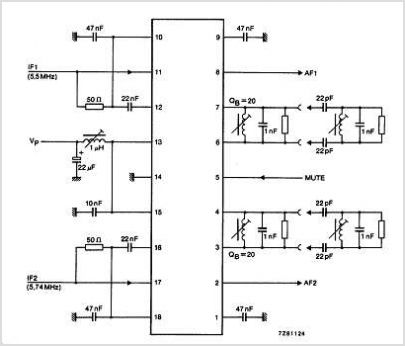
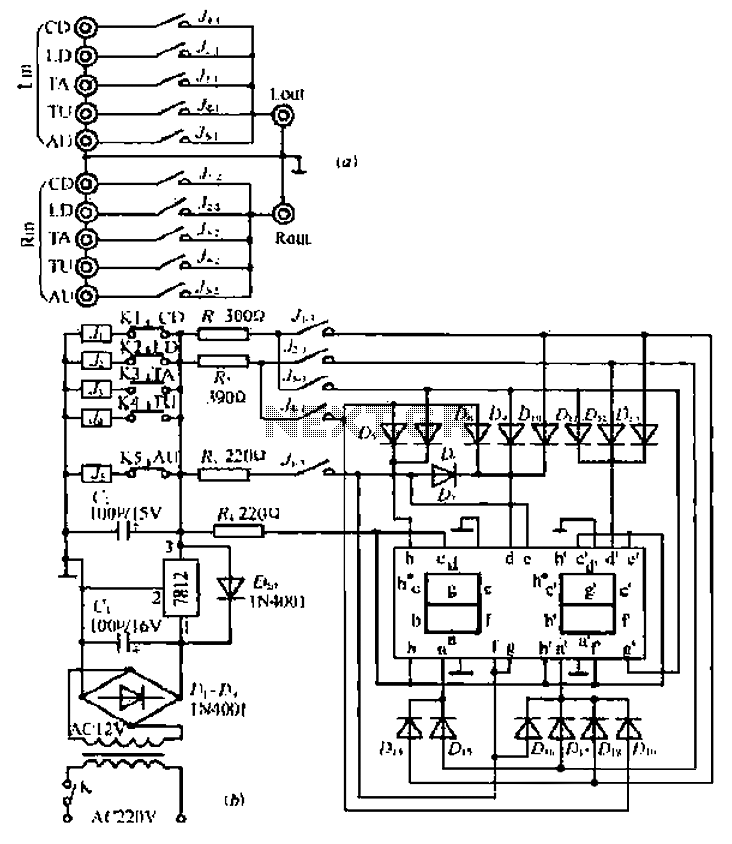
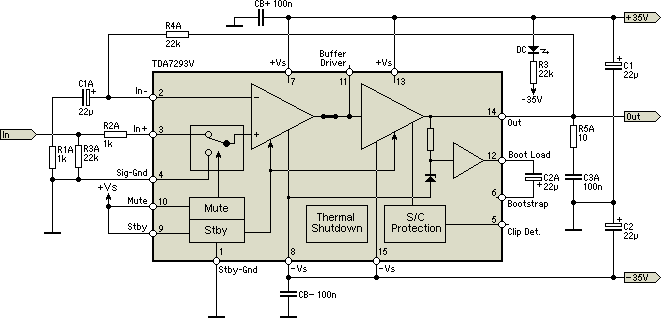

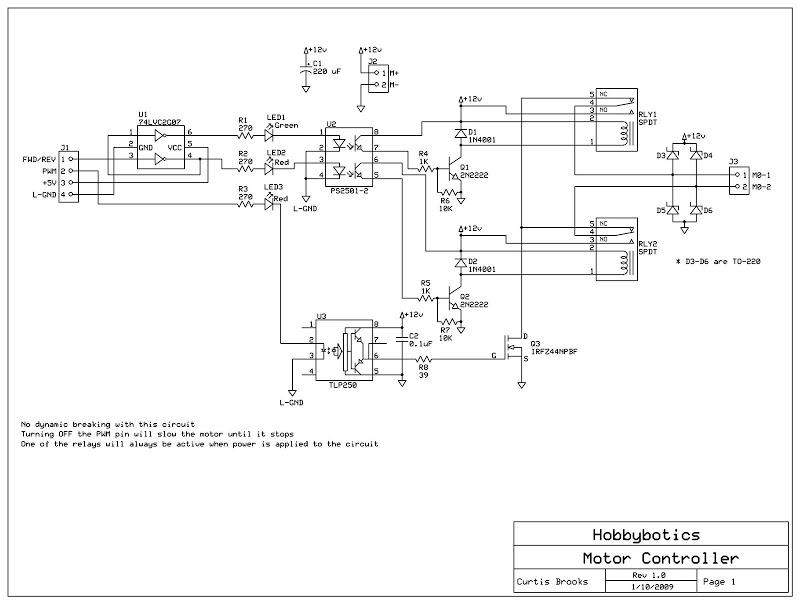
%2Bdecoder%2BCircuit%2Bschematic%2Busing%2BM8870.png)